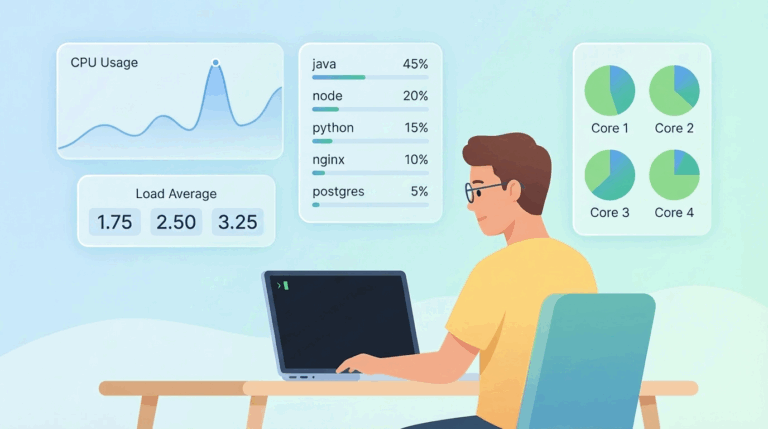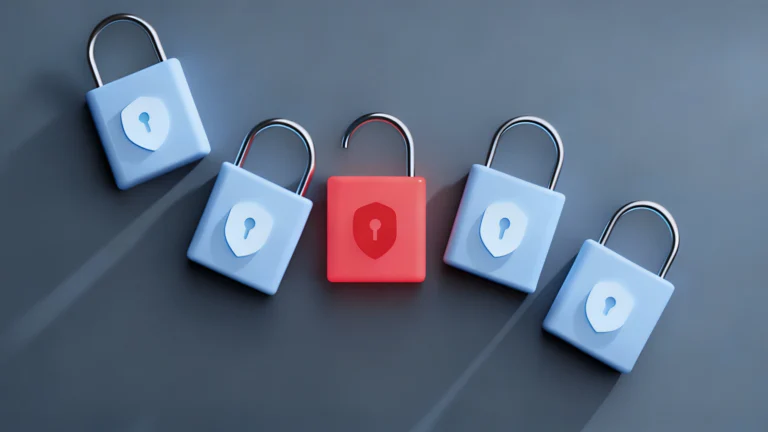The userdel command is a Linux utility that can be used to delete user accounts and their associated files.
Open the terminal and type userdel username. It performs this function by removing the user’s entry from the /etc/passwd file, and other files associated with the account.
In most Linux distributions, the user home and mail spool directories are not removed when removing a user account with userdel.
Table of Contents
Understanding Userdel Command in Linux
To use the userdel command, you must have root privileges. This can be done by running the command as sudo, or by logging in as the root user.
The userdel command will remove the following files.
- removes the user entries from the /etc/passwd and /etc/shadow files
- remove related files based on the options we put in the command
- deletes the group with the same name as the user if USERGROUPS_ENAB is set to yes in this file /etc/login.defs file. It happens only if no other user is a member of this group. If this group belongs to a shared primary user group, it will not be deleted.
Some Linux distributions also include a graphical interface for using the userdel command, which provides additional options and configuration settings.
Regardless of how you choose to use it, the userdel command is a powerful tool that can help you manage user accounts in your Linux system.
How to use userdel command in Linux?
Here’s an example of how to use the userdel command in Linux:
Syntax:
See also: Mastering the Linux Command Line — Your Complete Free Training Guide
userdel [options] username
Example:
Let’s say we want to delete the user account for a user named “johndoe”. We can use the following command:
userdel johndoe
This command will delete the user account for “johndoe” from the system. However, please note that by default, the user’s home directory and mail spool directory will not be removed.
I hope this example helps you understand how to use the userdel command in Linux.
Verify the account is deleted in Linux
In Linux, you can verify that an account has been deleted by checking the /etc/passwd and /etc/shadow files.
When a user account is deleted, its entries are removed from these files.
Here are the steps to verify that a user account is deleted:
- List all user accounts on the system using the cat /etc/passwd command or the getent passwd command. This will display a list of user account entries in the /etc/passwd file.
- Look for the username of the account you deleted. If the account has been deleted successfully, you will not find the username in the list.
- Additionally, you can check the contents of the /etc/shadow file using the cat /etc/shadow command or the getent shadow command. The /etc/shadow file contains password-related information for user accounts. If the account has been deleted, you should not find an entry for the deleted username in this file.
- Verify that the user’s home directory and mail spool directory (if not removed with the -r option) no longer exist in the system. You can use the ls command to check the presence or absence of these directories.
userdel command options
Here are some useful userdel command options:
- -f : Delete Linux user account with force removal of files
- -r : Remove Linux user account including home directory and mail spool
- -Z : Remove any SELinux user mapping for the user when deleting user from Linux
In most Linux distributions, by default the user home and mail spool directories are not removed when removing a user account with userdel.
If we are sure to remove these files, we can use -r option (–remove).
-r, --remove : Files in the user's home directory will be removed along with the home directory itself and the user's mail spool. Files located in other file systems will have to be searched for and deleted manually.
The files under other file systems are not deleted automatically even thought this user is removed. We need to remove these files separately. If the user is still login the system, userdel command will fail. We need to logout this user first.
There is one risky option -f for this command. We should be very careful when we run it.
-f, --force : Remove the user even if it is currently logged in. Remove home directory and mail spool even if they are used by another user. Remove group too if USERGROUPS_ENAB is set to yes in /etc/login.defs.
Troubleshooting Common Errors with userdel Command in Linux
When you use the userdel command to delete user accounts in Linux, you might occasionally encounter errors.
userdel: user ‘username’ is currently used by process xxx”
This error indicates that the user is running a process and can’t be deleted. You can either wait for the process to finish, or identify the process and manually stop it.
Be careful as stopping processes can cause data loss or other issues. Once all processes from the user are stopped, you should be able to delete the user:
sudo pkill -u username
sudo userdel username
What are some best practices for using the userdel command in Linux?
userdel should be used with caution, as it can permanently delete data if used improperly.
It is always a good idea to back up any important files before using userdel, or any other command that has the potential to delete data.
In addition, care should be taken to ensure that the command is used correctly, as any mistakes could result in data loss.
What should I do if I accidentally delete a user account?
If you accidentally delete a user account, you can restore it by restoring the corresponding files from your backup.
If you do not have a backup, you may be able to recover the account using special tools or utilities provided by your Linux distribution. Consult your distribution’s documentation for more information.
What are some alternative ways to delete a user account in Linux?
There are a few different ways to delete a user account in Linux. One option is to use the usermod command to lock the account by setting the password to an invalid value, such as “!”. This will prevent the user from logging in, but will not delete any files.
Then , you can use the rm -r command to delete all of the files associated with the user account.
Conclusion
Understanding and using the ‘userdel’ command effectively is critical for anyone using Linux. It allows us to efficiently manage the user accounts, demonstrating the powerful user management capabilities of Linux.
Related Post:



